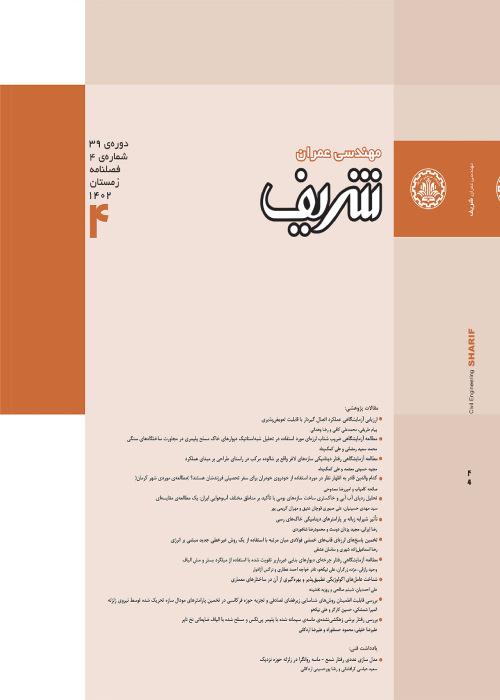SEISMIC ANALYSIS OF DAM-FOUNDATION-RESERVOIR-FAULT SYSTEM BY HYBRID DISCRETE WAVENUMBER-FINITE ELEMENT METHOD
Safety assessment of dams as an important part of infrastructure of any country hinges on proper and precise modeling of the coupled system of dam-foundation-reservoir under appropriate seismic excitation. To simulate more realistic earthquake conditions, it is necessary to consider the seismic source, propagation path, and site effects despite the challenges and complexities using appropriate and efficient methods in seismic analysis of structures. In addition to the complexities of numerical modeling in dynamic analysis of the dam-foundation-reservoir system due to the different behavior of the three domains and infinite dimension of foundation and reservoir, dam-foundation-reservoir-fault system analysis is a multi-scale problem. In far field, the seismic source and propagation path effects on an seismological scale with dimensions of kilometers and in near field, the dam-foundation-reservoir system on an engineering scale with dimensions of meter are modeled and analysis results are presented in centimeters. The purpose of this paper is to present a hybrid method of combining discrete wave number and finite element methods based on Domain Reduction Method (DRM) for analysis of dam-foundation-reservoir-fault system. Domain reduction method is a two-step procedure that makes it possible to combine different numerical and analytical methods in the complex large-scale seismic problems assessment. After describing the domain reduction method theory, its implementation in commercial software ABAQUS has been verified with analytical solution for wave propagation. The verification results of the proposed method show that this method can consider the effects of fault and the seismic wave propagation path under real earthquake scenarios and it is cost effective in terms of computational cost. Koyna concrete gravity dam is analyzed under a specific earthquake scenario considering all the interactions by using the proposed method and the conventional massless foundation method. Comparison between the responses obtained from two methods indicates that the maximum tensile stress and relative displacement of dam crest with the conventional assumptions are higher than the proposed method. The presented hybrid method in this paper, in addition to having the capabilities of the finite element method in solving the complex dam-foundation-reservoir problem, can accurately consider the effects of faults and the seismic wave propagation path in academic and engineering problems.
- حق عضویت دریافتی صرف حمایت از نشریات عضو و نگهداری، تکمیل و توسعه مگیران میشود.
- پرداخت حق اشتراک و دانلود مقالات اجازه بازنشر آن در سایر رسانههای چاپی و دیجیتال را به کاربر نمیدهد.


